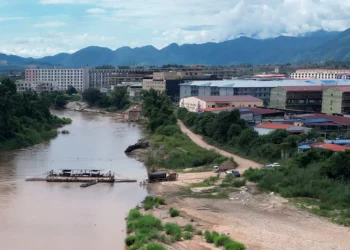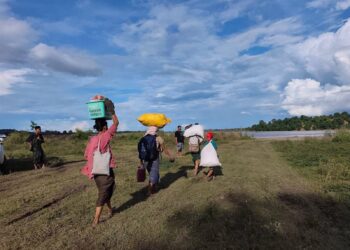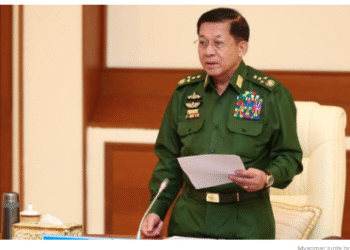As Myanmar spirals further into civil war, the Association of Southeast Asian Nations (ASEAN) stands at a defining crossroads. The region cannot afford to remain passive while Myanmar’s military junta intensifies its assaults under the guise of so-called “temporary ceasefires”. These declarations are not peace—they are pretexts. Airstrikes and scorched earth tactics continue with impunity, while international actors too often confuse propaganda with progress.
ASEAN must chart a bold, realistic course—one grounded not in abstract declarations, but in tangible, courageous diplomacy. This begins with the deployment of a focused, principled military mission. I propose an ASEAN military delegation led by a senior Malaysian general, with respected officers from Thailand, Indonesia and the Philippines. Their task: to engage with all sides of the conflict as impartial observers—not to fight, but to listen, assess and open the doors to dialogue.
This approach may seem unconventional, even provocative. But it is precisely this break from orthodoxy that gives it power. Soldier-to-soldier engagement speaks in a language Myanmar’s top brass understands. Senior General Min Aung Hlaing has proven unresponsive to traditional diplomatic overtures.
But seasoned military peers, speaking from shared experience rather than condemnation, may find a way through the impasse. This is not appeasement. It is strategy—meeting entrenched militarism with pragmatic, disciplined dialogue.
Tragically, many ASEAN leaders and international partners have accepted the junta’s manipulations at face value. They mistake temporary lulls in fighting for ceasefires, and staged meetings for negotiations. We must not be complicit in this deception. Ceasefires must be real, verifiable, and grounded in humanitarian necessity. Anything less is an endorsement of continued violence.
Yet amid the bleakness, there are signs of possibility. Malaysian Prime Minister Anwar Ibrahim’s recent engagement with the National Unity Government (NUG) is a courageous diplomatic pivot. It signals that ASEAN can evolve—that it can acknowledge the democratic aspirations of Myanmar’s people. This gesture must be amplified.
Out of this opening, a coherent regional response can take shape. First, an ASEAN-led military mission must assess battlefield realities and engage all armed actors, including the junta and ethnic resistance groups. This will lay the groundwork for trust and transparency. From there, a UN-supported peacekeeping presence—staffed by ASEAN and dialogue partner personnel—can monitor ceasefires, de-escalate tensions and signal international resolve.
Simultaneously, we must deliver relief where it is needed most. Humanitarian corridors must be established along the Thai-Myanmar border, with operations led by the ASEAN Coordinating Center for Humanitarian Assistance on disaster management (AHA) and supported by UN agencies.
These centers would be lifelines to the displaced and desperate, as well as hubs for neutral, needs-based assistance.
This multifaceted effort must be coordinated. A central mechanism, chaired by Malaysia and based in Kuala Lumpur or Bangkok, should steer operations and ensure unity of purpose. ASEAN must also work with the UN secretary-general to mobilize international funding for humanitarian aid and eventual reconstruction.
Most importantly, we must prepare for inclusive political dialogue. Peace cannot be imposed; it must be built. A regional peace conference hosted by Malaysia as ASEAN Chair must bring together the junta, the NUG, ethnic armed organizations, and civil society. These voices, long excluded, are indispensable to forging a lasting settlement.
But to imagine a viable political future, we must confront a foundational truth: Myanmar has never truly been united. It is a mosaic of peoples, cultures and histories—diverse and often divided. The notion of a singular, centralized “Union of Burma” has always been more fiction than fact. Any durable solution must embrace federalism—not as a concession, but as a framework for peace and coexistence.
This is ASEAN’s moment of reckoning. Will it choose passivity, watching as Myanmar descends further into chaos? Or will it act—imperfectly perhaps, but decisively and with moral clarity? The people of Myanmar are not asking for miracles. They are demanding that the world see their suffering, acknowledge their dignity, and support their struggle for peace. ASEAN still has the tools to help—if only it summons the will.
Kasit Piromya is a board member of ASEAN Parliamentarians for Human Rights, and is a former Thai foreign minister.






